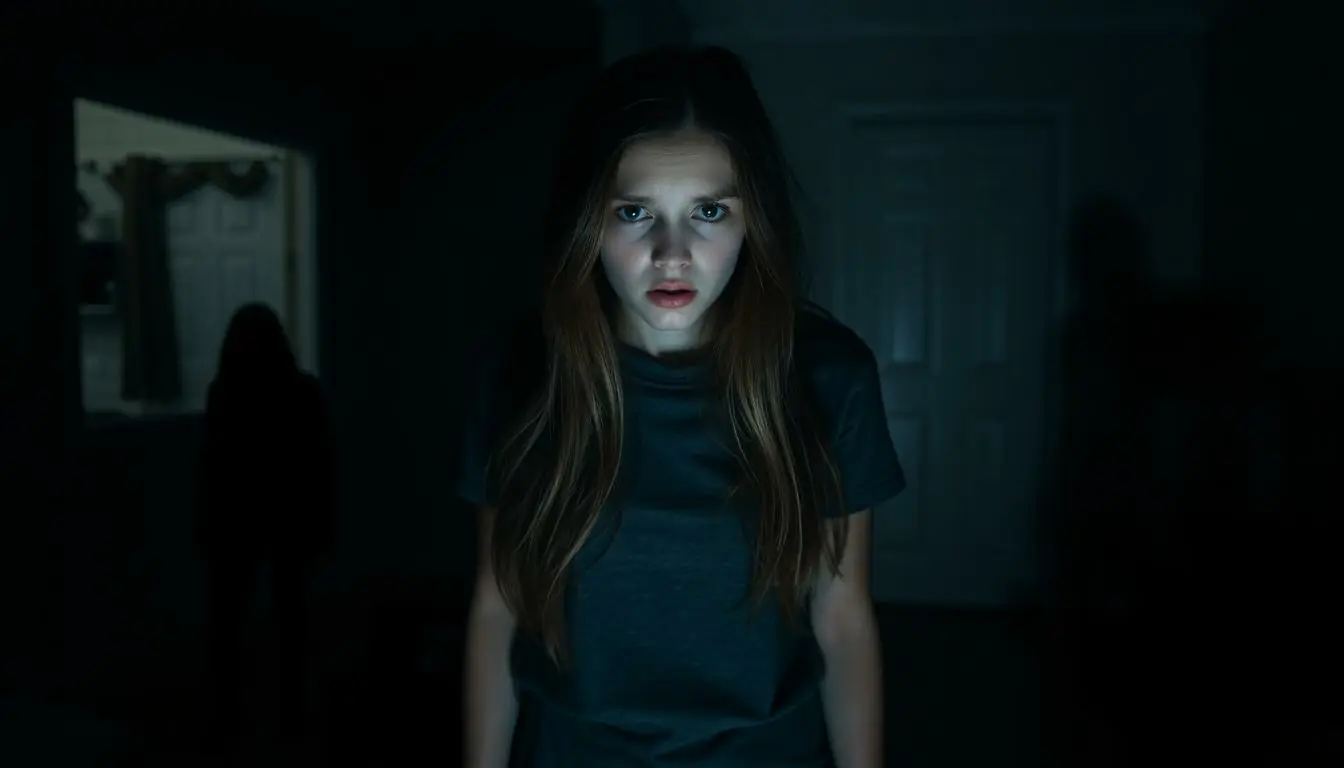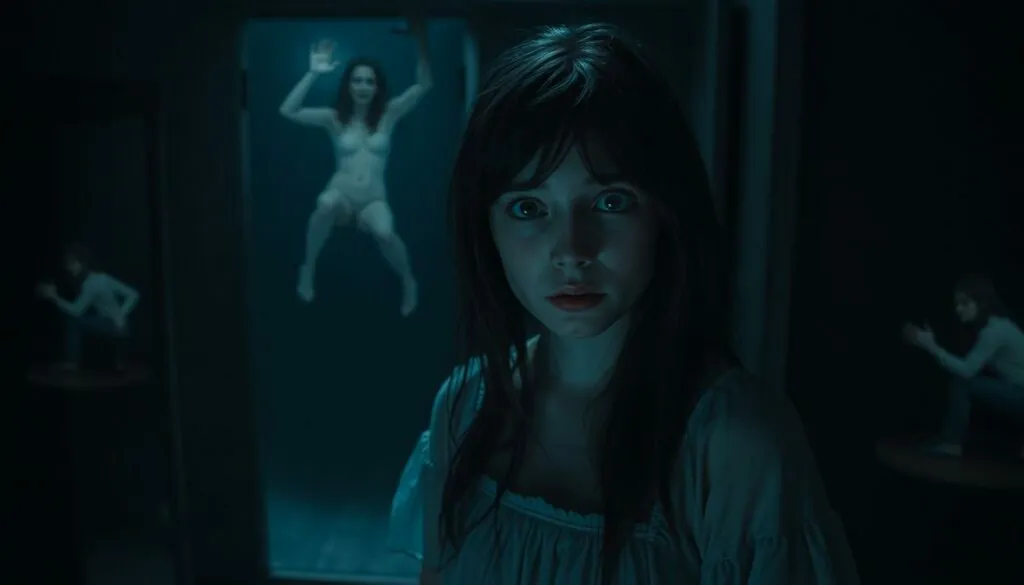When the lights dim and the opening credits roll, audiences brace themselves for a wild ride into the world of nightmares. The nightmare movie genre has a unique way of blending fear with fascination, leaving viewers both terrified and oddly entertained. It’s a place where the absurd meets the horrific, and where the line between reality and imagination blurs.
Table of Contents
ToggleOverview Of The Nightmare Movie
The nightmare movie genre captivates audiences by tapping into primal fears. Combining elements of horror and surrealism, these films evoke an emotional response that often lingers long after viewing. A common theme involves characters confronting terrifying realities that challenge their perception of truth.
Audiences experience a unique blend of dread and curiosity while watching these films. This genre often uses dream logic, where events unfold in irrational and unpredictable ways. It creates tension, as viewers remain on edge, unsure of what might happen next.
Key characteristics of nightmare movies include haunting visuals and unsettling sound design. Creators use imagery that distorts reality, deepening the sense of fear and uncertainty. Transitions between dream states and wakefulness contribute to the overall disorientation, enhancing the viewer’s discomfort and intrigue.
Famous examples highlight the impact of this genre. Films like “A Nightmare on Elm Street” and “The Babadook” demonstrate how personal fears manifest in nightmarish scenarios. In these stories, characters grapple with their inner demons, often leading to tragic outcomes.
Cinematography also plays a crucial role in establishing a nightmare’s atmosphere. Techniques such as low lighting and unconventional angles enhance the unsettling feel. These elements draw viewers into an immersive experience, allowing them to confront their own fears vicariously through the characters.
Overall, the nightmare movie genre successfully explores the intersection between fear and imagination, creating memorable cinematic experiences. Through its unique approach to fear, it challenges viewers to consider deeper psychological themes while staying engaged in the unfolding horror.
Plot Summary

The nightmare movie genre captivates viewers through its unique ability to intertwine fear with fascination.
Key Characters
Protagonists often include ordinary people, making their experiences relatable. In “A Nightmare on Elm Street,” Nancy Thompson confronts Freddy Krueger, a haunting figure from her dreams. “The Babadook” features Amelia, a grieving mother who battles an evil entity that embodies her fears. Secondary characters sometimes represent internal struggles or societal pressures. They amplify horror and intensify emotional stakes. Each character’s journey often reflects broader themes of fear and resilience. By focusing on the human aspect, these characters allow audiences to engage deeply with their own anxieties.
Major Themes
Nightmare movies explore complex psychological themes, such as fear of the unknown and the impact of trauma. Characters often face their inner demons, representing personal struggles manifesting as external horrors. The blending of reality with dream sequences raises questions about sanity and perception. Isolation is another prevalent theme, highlighting how characters confront nightmares alone. Guilt and grief frequently surface, delving into the emotional turmoil associated with loss. These themes resonate with viewers, encouraging reflection on their fears while highlighting the fragility of human psyche.
Cinematic Techniques
Nightmare movies employ various cinematic techniques to evoke fear and enhance immersion. These techniques create a gripping experience that keeps audiences on edge.
Direction and Cinematography
Effective direction plays a crucial role in shaping nightmare films. Directors use unique framing and composition to establish tension. Filmmakers often favor low angles, which make characters appear vulnerable. Dark, contrasting lighting enhances the unsettling atmosphere. Shadows distort familiar settings, amplifying unease. Dreamlike sequences blend reality with surreal visuals, compelling viewers to question what’s real. Use of close-ups on characters’ faces captures raw emotions, drawing audiences deeper into their psychological turmoil. Each shot contributes to a haunting narrative, reinforcing the genre’s themes of dread and horror.
Sound Design and Music
Sound design intensifies the chilling ambiance found in nightmare films. Distorted noises punctuate key moments, creating a jarring effect. Layered soundscapes build an unsettling atmosphere, heightening tension throughout the storyline. Filmmakers often use silence strategically; moments of quiet amplify the impact of sudden sounds, keeping viewers alert. Original scores in these films frequently employ dissonance and eerie melodies, evoking a sense of unease. Synchronized sound effects enhance jump scares, ensuring maximum emotional impact. Music themes mirror character arcs, reinforcing their spirals into madness or fear. These elements work in harmony, making sound design essential to the nightmare movie experience.
Audience Reception
Audience response to nightmare movies often reflects both enthusiasm and apprehension. Viewers engage deeply with the unique narrative structures and immersive experiences these films offer.
Critical Reviews
Critics frequently highlight the genre’s ability to evoke strong emotional responses. Many reviews praise films like “Hereditary” for their unsettling atmospheres and profound psychological depth. “The Babadook” received acclaim for its exploration of grief and maternal struggles, resonating with viewers. Reviews often note effective performances by lead actors, enhancing the films’ emotional impact. Unique visual styles also attract attention, with expert directors praised for their artistic choices. Critics appreciate how nightmare movies challenge traditional horror elements, prompting conversations around mental health and societal fears. Overall, the genre garners respect for its innovative storytelling and emotional resonance.
Box Office Performance
Nightmare movies generally perform well at the box office, reflecting audience interest. Films like “A Nightmare on Elm Street” grossed over $25 million in its opening weekend. “Get Out” became a cultural phenomenon, earning more than $250 million worldwide against a budget of just $4.5 million. Strong marketing strategies often contribute to their financial success. Audiences drawn to unique storytelling and relatable themes tend to support these films, resulting in a loyal fanbase. Increased interest in psychological horror also boosts box office performance, demonstrating the genre’s growing popularity. In summary, nightmare movies deliver solid returns, reinforcing their status in the film industry.
Nightmare movies continue to captivate audiences by blending fear with psychological depth. Their unique ability to explore complex themes like trauma and isolation resonates deeply with viewers. As filmmakers push the boundaries of storytelling through innovative techniques and haunting visuals, the genre evolves while staying true to its roots.
The emotional impact of these films often lingers long after the credits roll, prompting reflection on personal fears and societal anxieties. With a growing appetite for psychological horror, nightmare movies are set to maintain their place in cinematic history. As they challenge perceptions of reality, they invite audiences to confront their inner demons and embrace the unsettling nature of human experience.




